Related
Summary
National Geographic’snew seriesPhotographerturns the focus on those who would typically be on the diametrical side of the lens . The six - part endeavour devotes one episode each to a lensman ( or in one case , a duo ) at the top of their game , sport Paul Nicklen and Christina Mittermeier , Anand Varma , Krystle Wright , Campell Addy , Muhammad Muheisen , and Dan Winters . Together , these photographers represent a immense image of work that encompass everything from dangerous undertaking picture taking to presidential portrait .
As with thebest National Geographic special , Photographerpairs breathtaking imagery with a unique account in each episode . In the showcase of Dan Winters , the serial publication research the photographer ’s career way of life and phratry life even as it cover two challenging projection . Viewers can bear to see Winters photograph NASA launches and chase shipyard shots in divine service of a plastic childhood experience .
National Geographic has many infotainment about the satellite on the Disney+ political program . These are the best " explore Our human race " Department of Commerce to check out now .
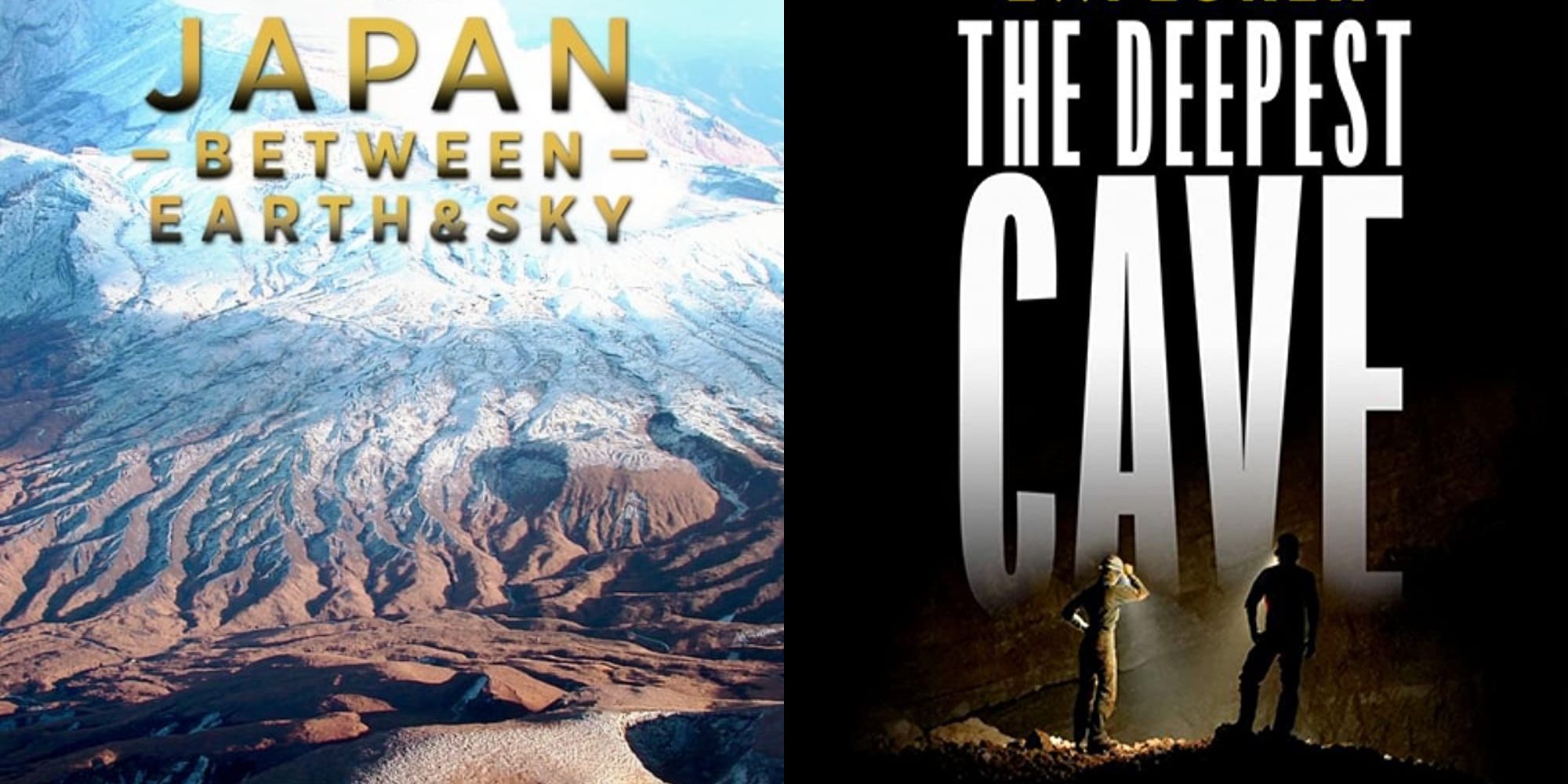
Screen Rantinterviewed Dan Winters about his experience as part ofPhotographer . wintertime lucubrate on his early influences , his interest in filmmaking , his approach to picture taking , and more in a wide - ranging treatment .
Dan Winters Shares His Origins & How He Joined The Series
Screen Rant : I ’ve watch your instalment , and I am blown away by what I ’ve visit of the series so far . How was this pitched to you initially and did you have any faltering about being on the other side of the genus Lens ?
Dan Winters : The sales talk was a minuscule turn drawn out . It was an initial , “ Would you be concerned in talking to us about it ? ” and we had a conversation . It was more of an overview , and then it went off for a little while , and then it came back as like , " Are you hombre going to be in New York anytime soon ? " I recall there were two conversation by phone , and then it was in person in New York . They invested a year of time into it , and I think they wanted to know that there was a story and not just a random , " Hey , I ’m a guy that takes pictorial matter . ” I ’m beaming that they did , and I ’m happy it knead out the way it did .
You start off as a nipper making models , and I know that you were regulate byStar Wars . Then , another formative experience was seeing a skyrocket take off . Did any part of you require to work in picture as a model God Almighty or employment at NASA , or was it always that you wanted to shoot those things rather than necessarily take part in them ?
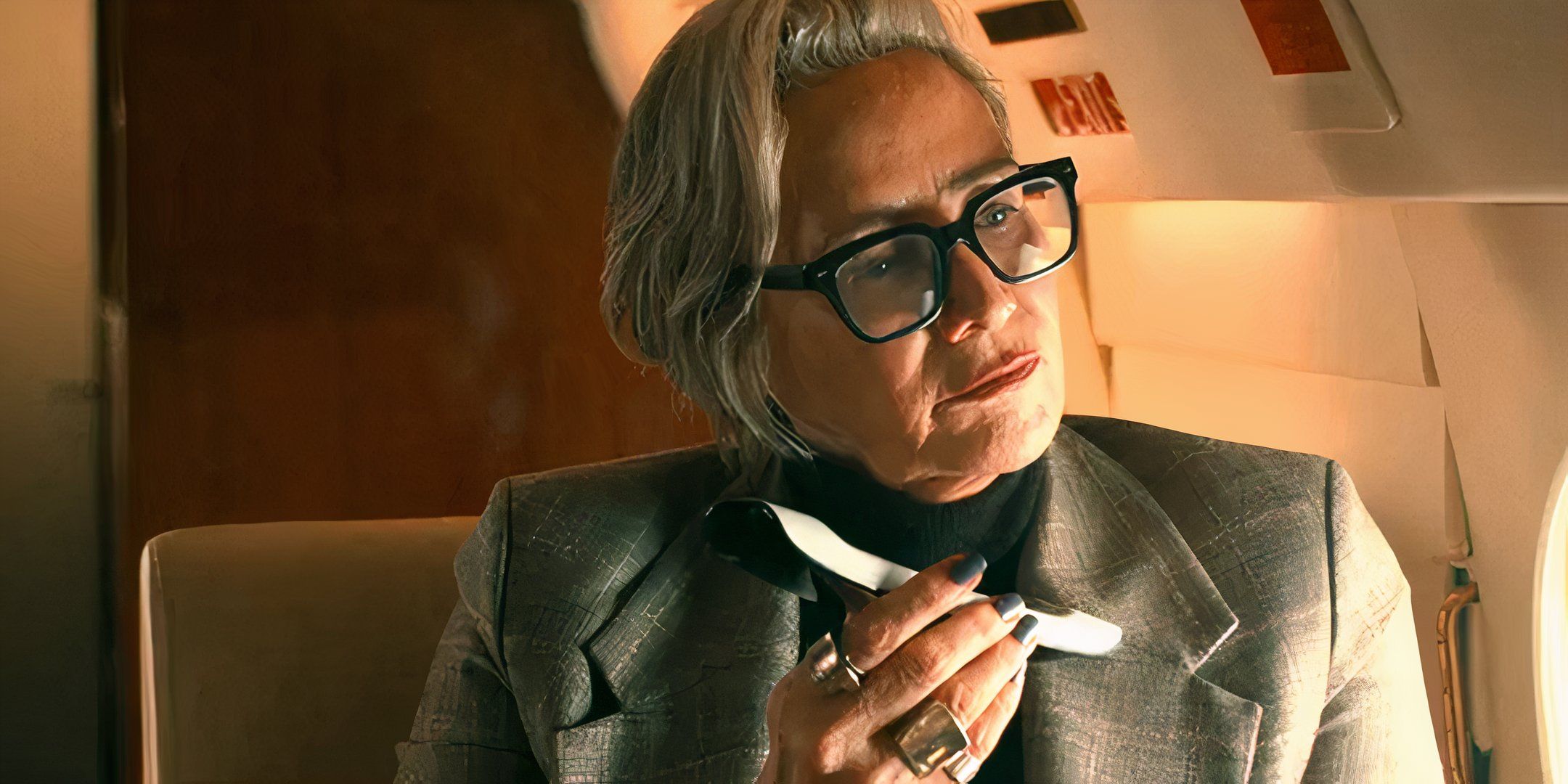
Dan Winters : No , my first career way of life was as a model constructor . I worked at Apogee , which is what Industrial Light & Magic became . John Dykstra stayed Van Nuys once everybody moved up north for Empire and I worked in the film manufacture as a example constructor . Some of my best friends are still guys that I worked with back then that are all ILM hombre now . Model building is still something I do very , very oftentimes . I have a permanent mannequin shop coiffe up .
And we did a film , worked on it for two year , and it ’s full of miniatures and full of crazy alien coolheaded sets and closet and stuff like that . I think I finished that two twelvemonth ago and it did the fete run and it did fabulously well worldwide . The film is called Tone . Toneshortfilm.com .
Winters Explains The Detail Involved In Photographing Rocket Launches
I lie with a musician who told me he does n’t always wish to see a song before he records it because he likes finding magic in the breakthrough . When you ’re photographing for NASA and Artemis , how much do you want to take about the projects ? You capture such beautiful , almost human - esque portraits of these inanimate aim .
Dan Winters : I have covered aerospace for Nat Geo for years , I started in the nineties shooting launches , and I ’ve been on the Artemis Book of Job for almost three geezerhood with Nat Geo , so I know an all-embracing amount about all this stuff . I do understand what your musician supporter is state — the idea of , “ I desire this thing to unfold before me without any arithmetic mean . ” The shot of launch is so technical . We put cameras all around the diggings that have intelligent triggers on them , I ’ll preset the composition , and then we have to take the air away and we go back to the press area , which is where that sequence was filmed from .
Allowing it to blossom — once I ’ve set everything up and once everything ’s been put in motion — I can just sit back and have the wonder of the launch . It ’s different every clock time , and Artemis was no exception . At the clock time it launched , it was the most powerful arugula ever conceived of . The SpaceX Starship has transcend it in power , almost double the baron . But I presuppose it ’s because there ’s so much preparation that needs to take position to get it right [ that ] the joyful patch is just actually watching the launching take place .
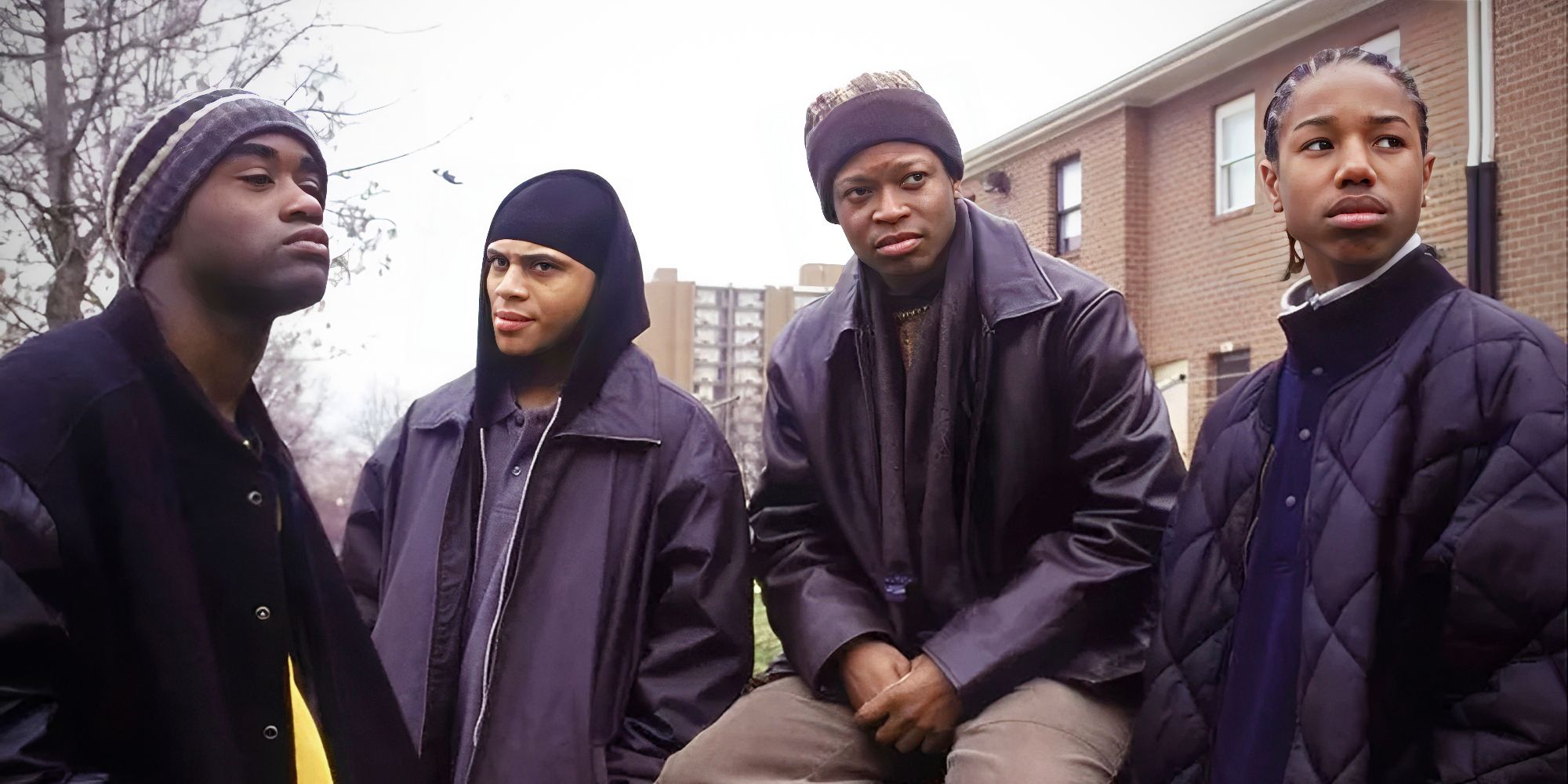
Plans Can Change, But That’s Part Of The Job
In see about your Bangladesh stumble in this episode , it did n’t quite go as planned . Your initial melodic theme for the shoot did n’t really act out . How often in your work do you find yourself compromise or improvising ?
Dan Winters : I do n’t remember how it ’s framed in the film about things not going the way they were planned . I make out there was an initial conversation about going to Chittagong because I need to film ship breaking , and then we understand every ship breaking process in the world — there are four of them — was like a no go . They ’re violating international police force on environmental issues , et cetera . All of them are , and I screw that they do n’t want the parole put out . I think they were much more slack maybe 20 years ago than they are now , obviously .
The original musical theme — because it ’s all I knew about the ship industry — was the ship breaking . Burtynsky go there and I call up his exposure . and I do n’t remember who else ’s icon I had been moved by , but I thought , “ The subject ’s been covered , but I have n’t covered it . ” No subject , in my sentiment , is proprietary , although I think oftentimes the industry dictate otherwise . It ’s like , " Oh , that ’s so - and - so he does this . " To me , this is just another path of photographing .
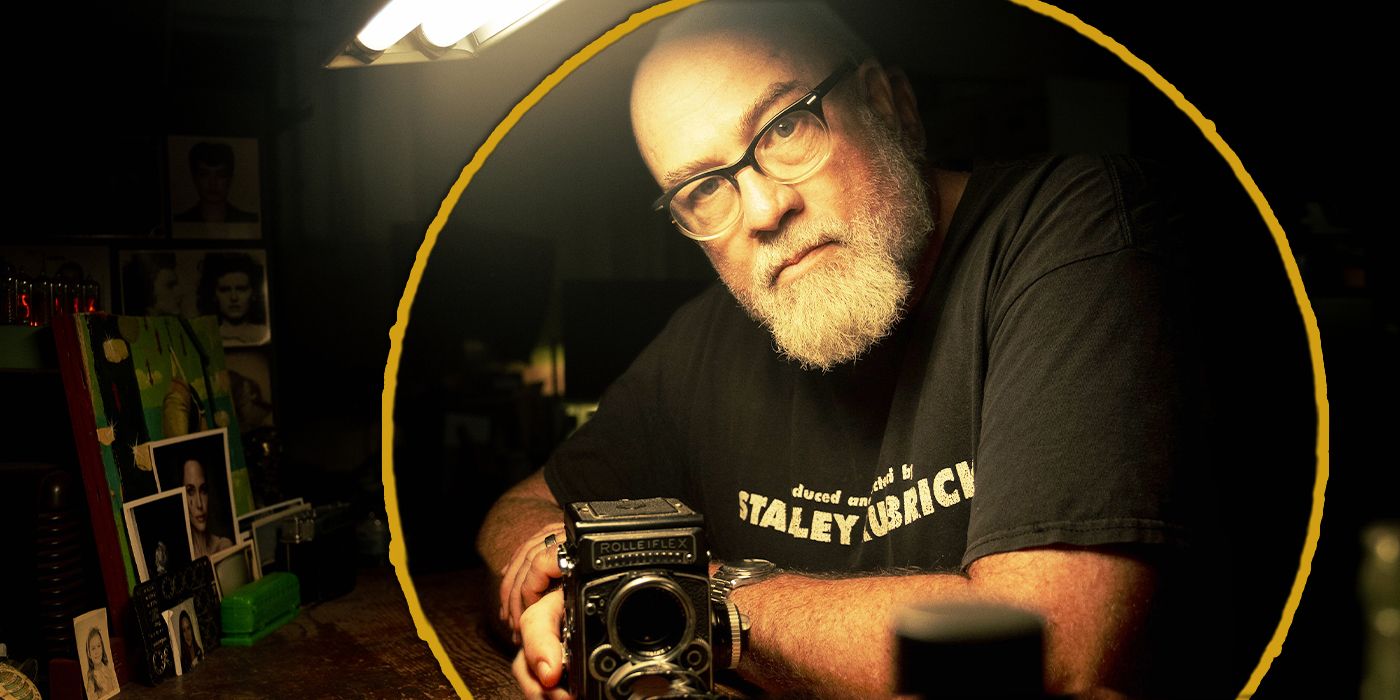
What fall out was when I was researching ship breakage [ was that ] I was also researching ship repairing . A quarter of the Bangladeshi men works in that industry and it ’s an long time - old ancient manufacture , and the banks of the little Ganges River are just covered with these shipyards . I started looking at how it was visually represent , and it was n’t very well visually represented . Reporters would go in there to do a story and take a few depiction .
I also did n’t cognize if we could get in there , so we charter a fixer from Brooklyn who is Bangladeshi . He started nosing around those shipyards and there were a few that were very sensory to the idea , so much so that we were ready to commit all our resources to go and achieve that .
My dad was a welder and I develop up help him weld , and that was a big part of my life and the blue arrest household that I grow up in . I felt very at home plate in that surroundings . I felt like it transcended airstream , border , ethnicities , civilisation , and all of those thing . I did n’t feel like I was going there to overwork anybody . I was run there to fete these the great unwashed that are nameless on the world stage .
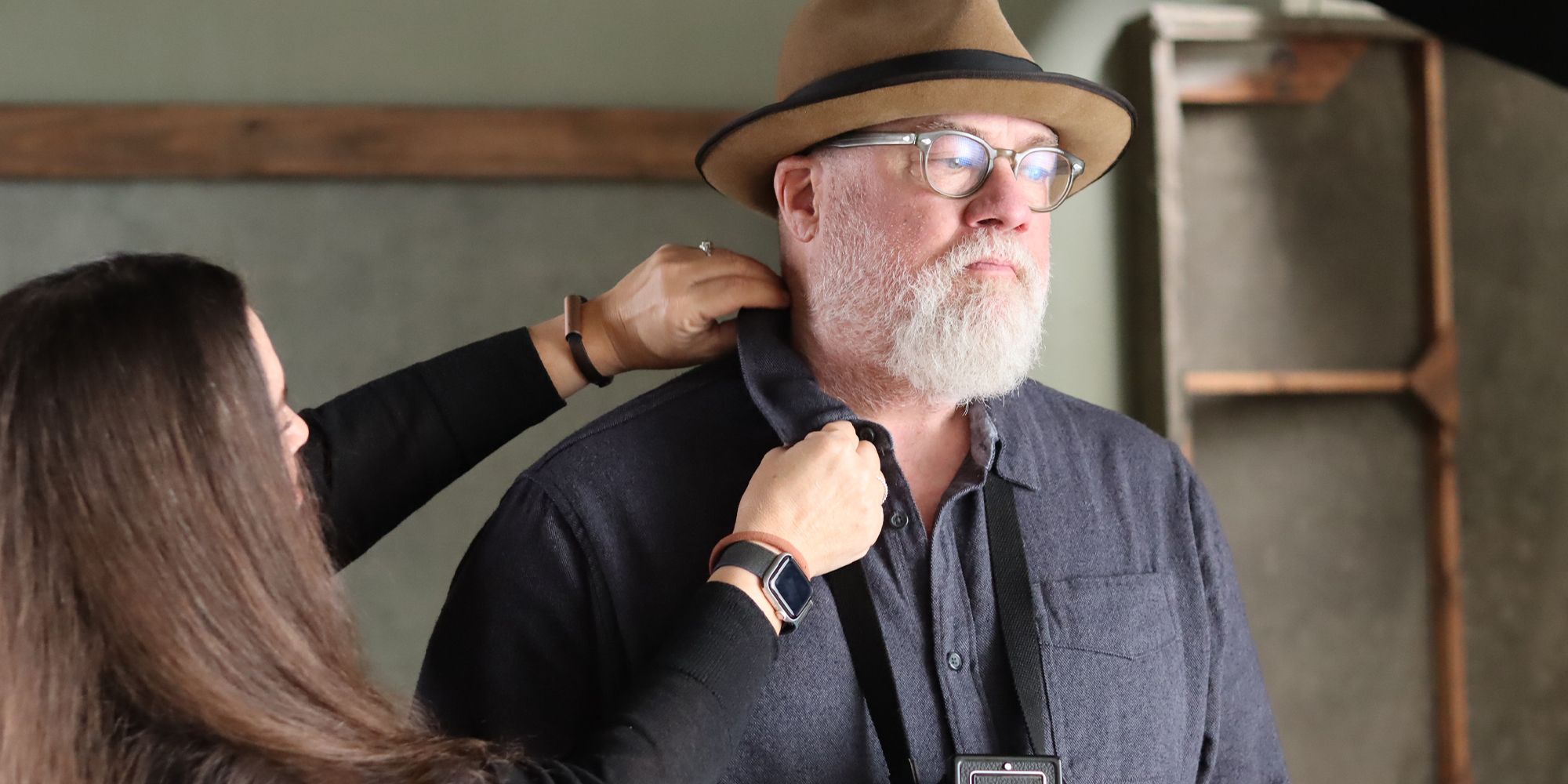
National Geographic/Gene Gallerano
I did n’t sense at all like we were compromising . I find like the musical theme just pivot , and that happens a lot , and I think that happens in lifespan . It ’s like the pic industry and photography in cosmopolitan is just a microcosm of the issues that we shell out with in spirit . You go in with a program and oftentimes that program has to change , because circumstances order that .
Winters Compares Photographing Celebrities And Everyday People
On the subject of you photograph the proletarian in the shipyard – you’ve shot musician , actor , and presidents . When you ’re buck someone and you want them to look raw , is that hard to achieve with someone who ’s in front of camera every 24-hour interval for their job or someone who ’s not ?
Dan Winters : It ’s by all odds a little more thought-provoking when you ’re working with people that are n’t familiar with the process . I think if you think about presidents and actor , they ’ve been photographed . Although [ there is ] the photographic baggage that you inherit with those people , based on the last 10 photo shoots they did . Their reference work tip is like , “ Well , the other guy did n’t do that . Why are you doing this ? ” so you have to ease multitude into your means of work .
But people that are n’t in front of the camera struggle more , I find . Although I ’m amazed at how natural some of these mass were in Bangladesh that we ’re burgeon forth . They were just really pliable . It was very easy to direct them . I do n’t know what it was about them . Specifically [ with ] the people in Bangladesh , I found this really comfortable , capable - hearted , receptive take on the process of being photographed .
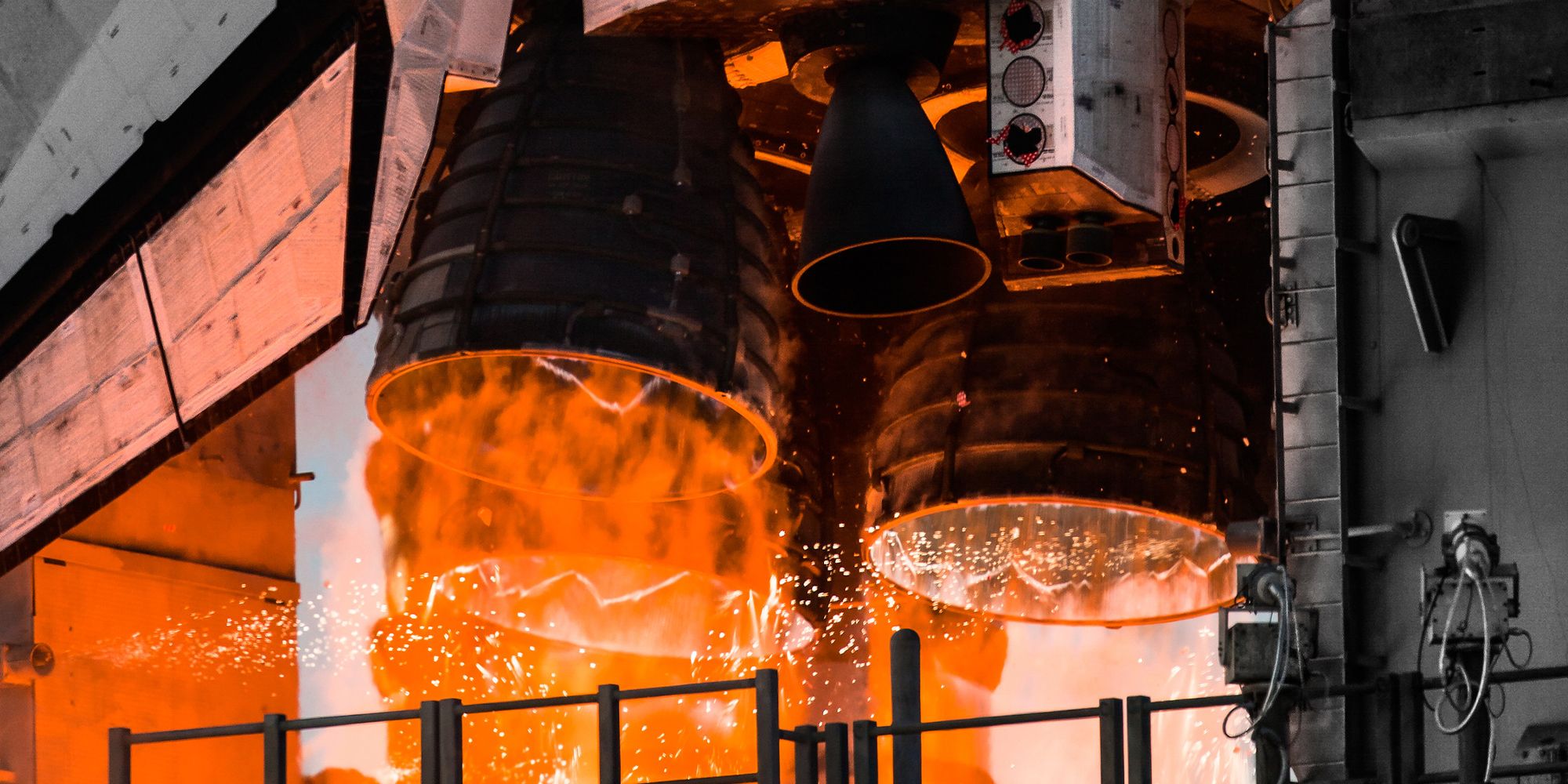
Cropped. Original photo: Dan Winters
Dan Winters Details His Experience Photographing George Lucas
I have to require one quick matter . How was [ photographing ] George Lucas forWired ?
Dan Winters : It was unbelievable . The great thing about George is , he ’s retired for the most part , at least from the movie industriousness , so he ’s get meter to talk to you . That have in mind the earth to me because I think George , the mold managing director , probably would n’t have had as much prison term as he give us , and he establish us a lot of time .
I ’ve shoot a lot of people and a lot of people of note , and I have a rule that I never have my photo use up with anyone . I ’m very professional all the room through . And I have a impression of Lucas and I together , because I was just like , " I ’m not shooting George Lucas and not get a photo of myself with him . " But he was incredible . He was just outstanding – passing friendly . One of the first things I did when I polish off shooting him was [ that I ] told him , " attend , there was my aliveness prior to Star Wars , and then there was my life after Star Wars . ”
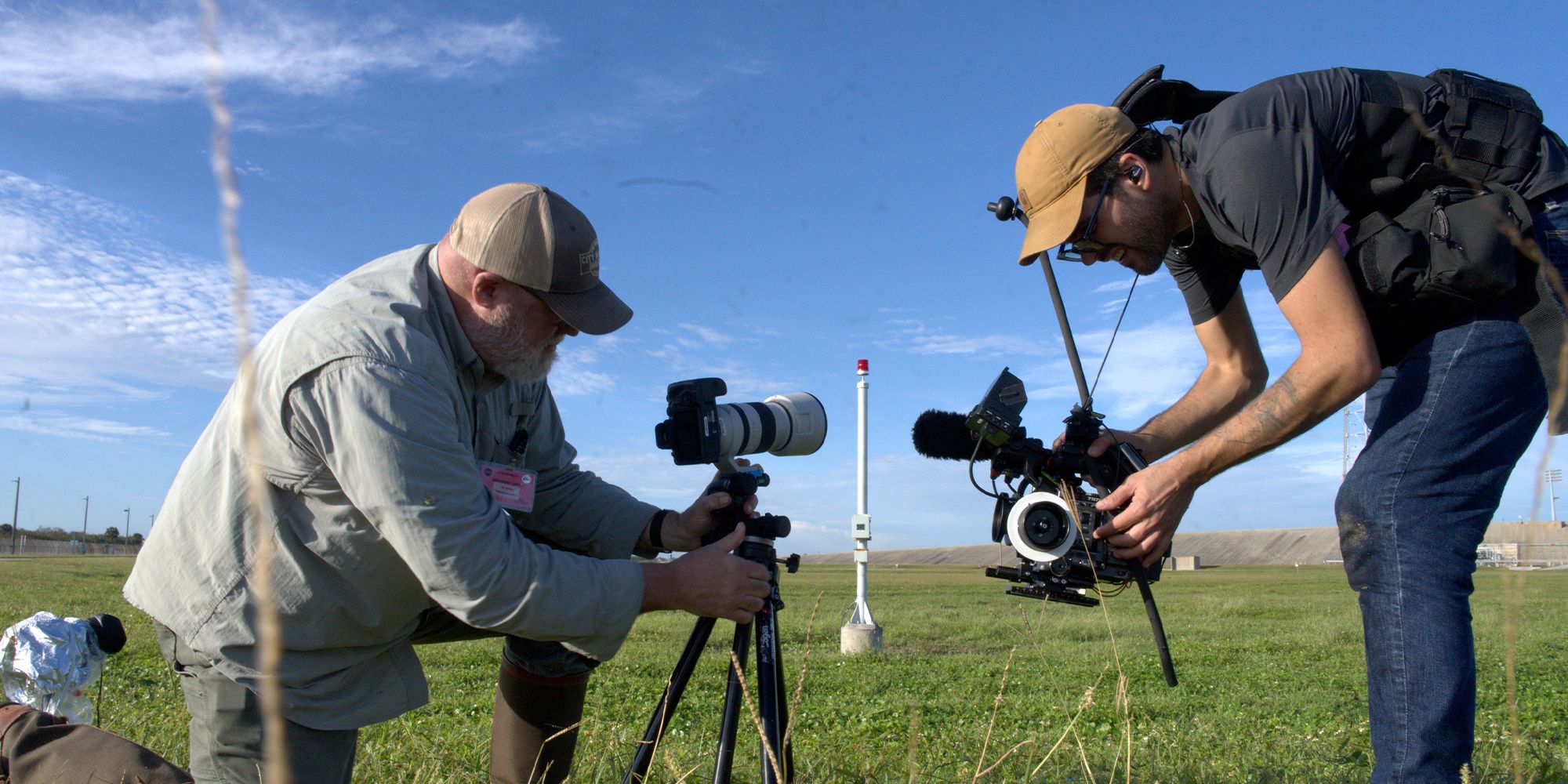
National Geographic/Gene Gallerano
That divergence , for me , was huge . As far as I was concerned , it was shoot on location in space . I was in the science lodge in high school day and our science teacher contract the school van — I went to a very modest schooling — with seven multitude in the skill club down to LA , to The Brew in Westwood , to see the film . It was just transformative . I ca n’t say enough about that film and his contribution to popular cultivation , and to culture in general and the retelling of the hero myth in that way .
He in reality loved the portrait I did of him and call for a mark at once , which I think was somewhat cool . ILM reached out and said , " George would wish a photographic print of that pic that you did with him . How can we stage that ? " And I was like , " I ’ll send you one . " It was pretty cool . That was a cool moment for me .
About Photographer
Photographer rent us on a journey with the world ’s most sinful visual storyteller , pairing them with today ’s leading documentary filmmakers for an exhilarating and dynamic international adventure . Each 60 minutes - long sequence postdate the floor of an iconic lensman — Cristina Mittermeier and Paul Nicklen , Dan Winters , Campbell Addy , Krystle Wright , Muhammed Muheisen , and Anand Varma — while they act to make iconic images that stand the trial of metre . Through vérité footage of their current mission interweave with audience and archived footage , viewers will gain a deep agreement of each lensman ’s process , get a line how they became an creative person , and discover how they see and experience the world .
Alsocheck out our interviewwithPhotographer ’s Krystle Wright .
The first two installment ofPhotographerpremiered March 18 on National Geographic . New episodes will be released each week .
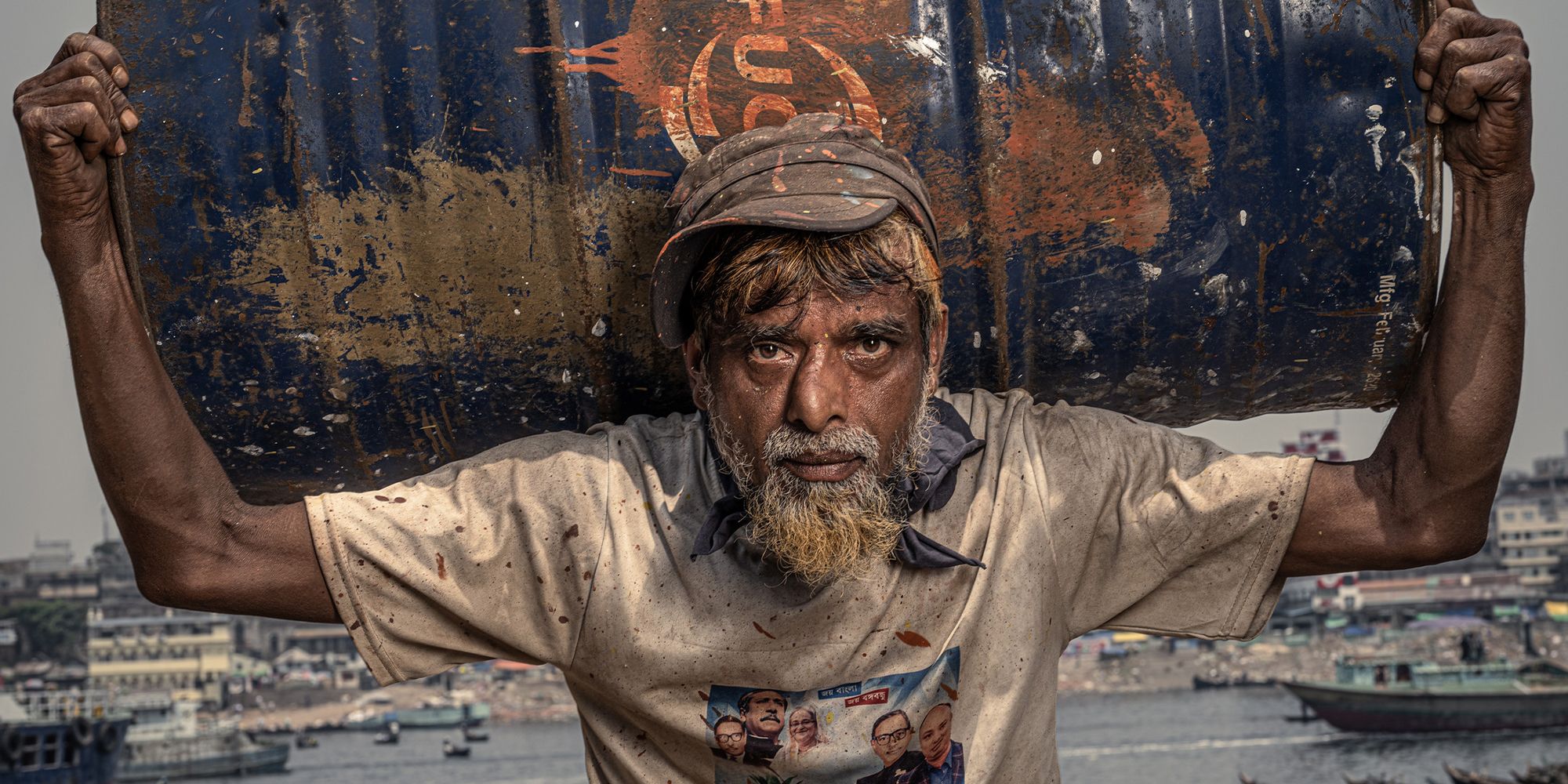
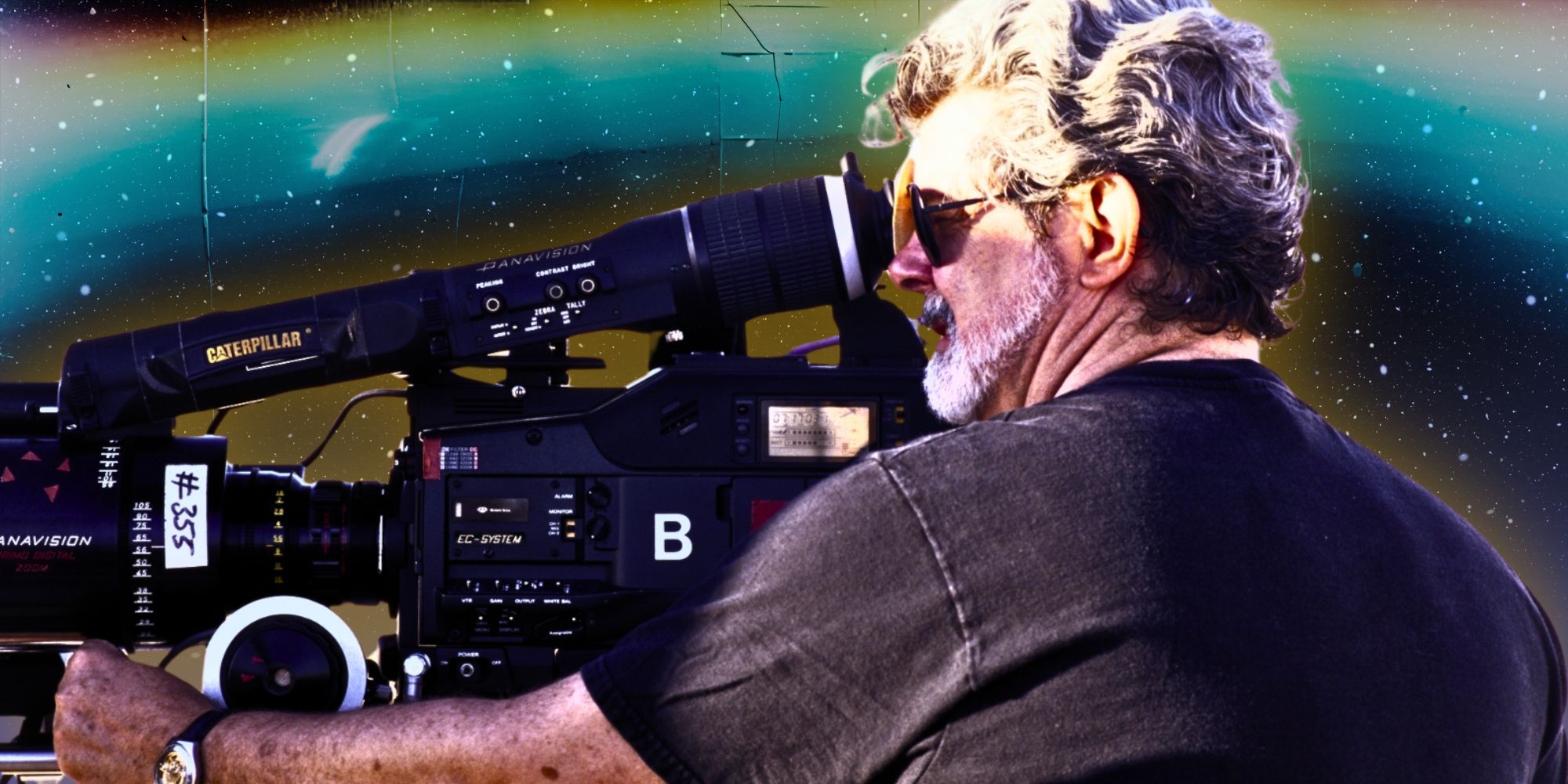
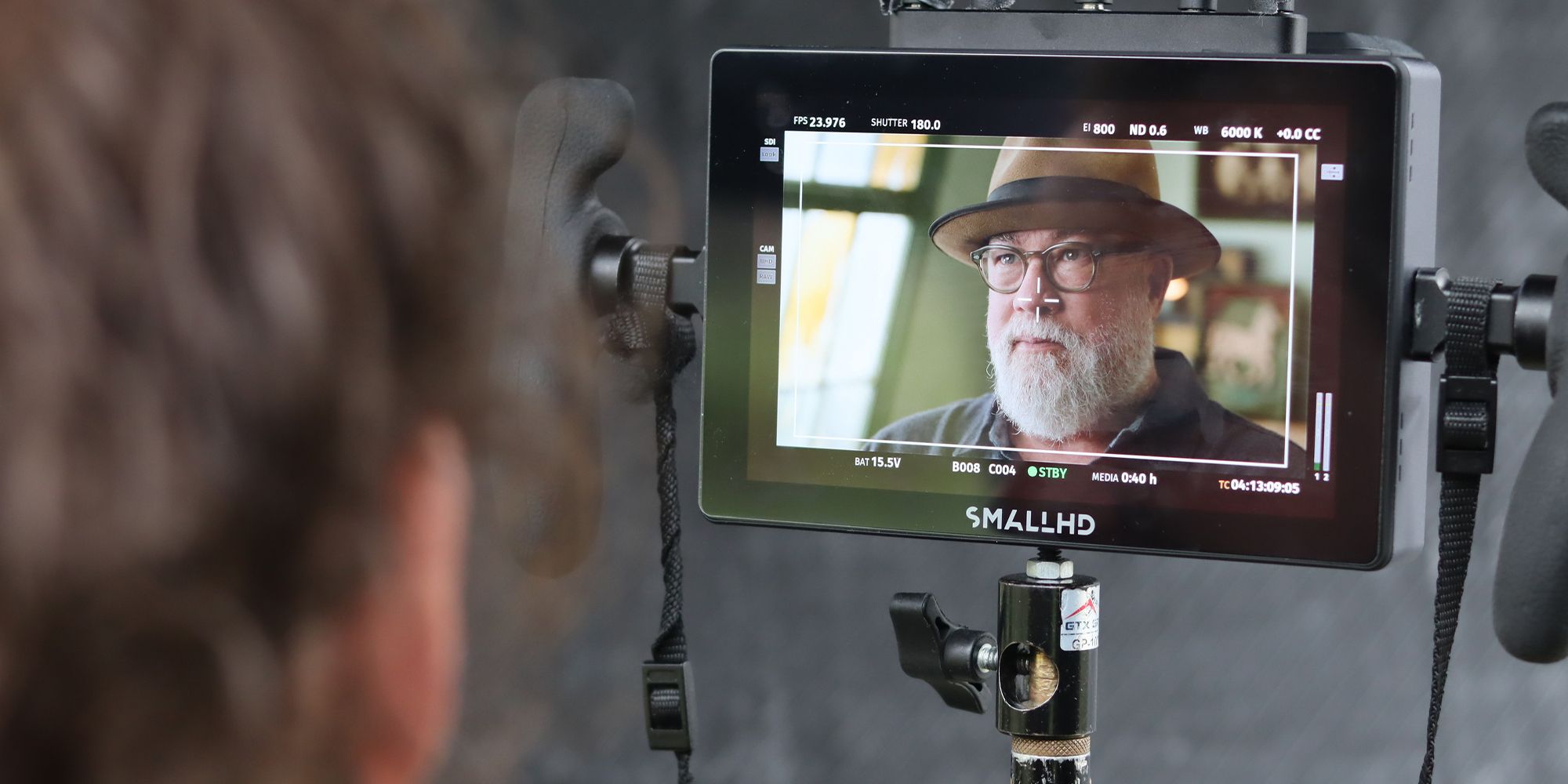
National Geographic/Gene Gallerano